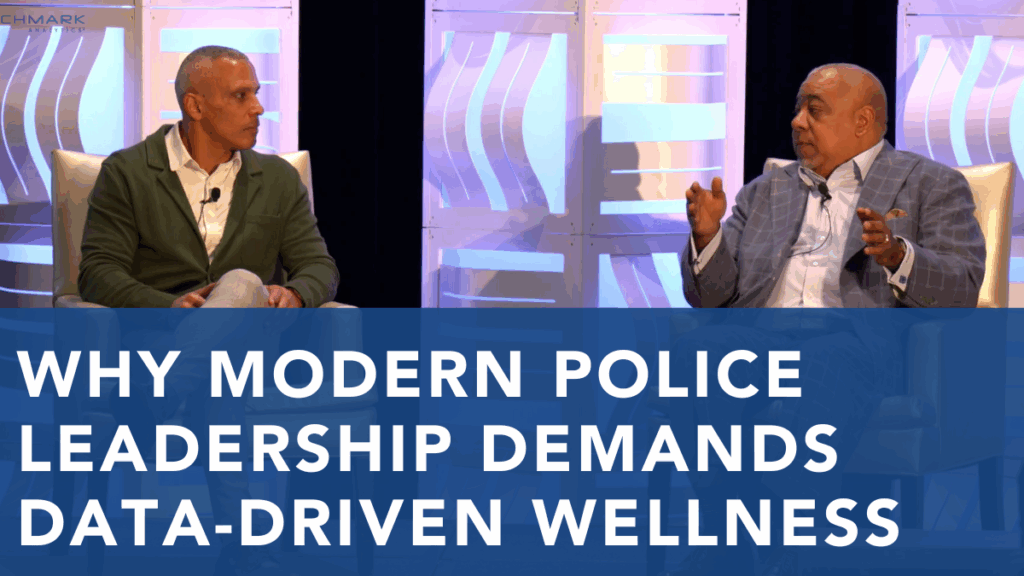Why Recruiting Women Matters
Posted
February 14, 2022
Share:
As we’ve covered in previous posts, recruitment shortfalls are creating serious headaches for law enforcement leaders. A wave of resignations heightened by a pandemic and challenges with public perceptions combined with a generational trend in retirements is creating a situation for departmental leaders where attrition surpasses recruitment capacity.
Women are substantially underrepresented in law enforcement. While making up more than half of the population, women represent fewer than 13% police officers. Though the number of women in law enforcement agencies has grown since the 1960s, their participation rate has been stagnant at this level for decades. Nearly every agency throughout the country has faced challenges in attracting women to the profession.
Why attract diverse candidates?
 The reasons for making a conscious effort to bring more women into the profession are more than just ethical arguments. For as long as women have been working in the law enforcement field, social scientists and academics have taken a keen interest in designing research to help us better understand what they bring to the job and how they compare to their male counterparts. Studies have confirmed intuitions about unique skills women bring to their agencies and communities as well as cast serious doubts on outdated assumptions surrounding their capabilities and job performance.
The reasons for making a conscious effort to bring more women into the profession are more than just ethical arguments. For as long as women have been working in the law enforcement field, social scientists and academics have taken a keen interest in designing research to help us better understand what they bring to the job and how they compare to their male counterparts. Studies have confirmed intuitions about unique skills women bring to their agencies and communities as well as cast serious doubts on outdated assumptions surrounding their capabilities and job performance.
Social scientists and researchers have been studying the impacts of a gender-diverse police force since the 1970s. A landmark study in 1987 as well as many subsequent studies have contributed to the strong argument that diverse police forces are beneficial to the communities they serve.
Research suggests female officers are less likely to be involved in incidents involving excessive use of force than their male counterparts. Though a correlation has not been conclusively established, women also tend to show, on average, more advanced interpersonal communication skills, which suggests they may be more likely to practice de-escalation tactics, further reducing the incidence of excessive force.
Women officers are highly skilled at addressing crimes involving violence against women and sex crimes. Sexual assault is a sensitive issue, and it is thought that more significant numbers of female officers may help break down some of the barriers to reporting such crimes. Studies have shown a correlation between increased female representation on police forces and declines in intimate partner murder rates and rates of repeated domestic abuse, as well as higher clearance rates in these cases.
In an era when public trust in the police has eroded to critical levels, law enforcement leaders have an urgent interest in finding ways to rebuild that trust. Writing for the International Association of Chiefs of Police (IACP) Police Chief Magazine, Retired Chief of Newark Police Ivonne Roman documented a link between trust in the police to the proportion of women serving in an agency. More advanced interpersonal skills related to conflict resolution, de-escalation, and use of force likely contribute to these observations.
Barriers to Recruiting Women
There is a consensus among policing leaders that women bring valuable skills and experience to the profession and that these abilities enhance an agency’s capacity to fulfill its mission. As referenced earlier in this post, recruitment numbers have, for generations, fallen short of representation targets needed to field a more diverse police force. Like many issues facing police recruiters, there is no simple one-step solution to these problems but rather an interconnected set of strategies policing leaders employ.
Revised physical aptitude standards for entrance into police academies are among the more impactful tactics to increase recruitment. These standards vary widely from agency to agency, with some considering aspects like differences in upper body muscle mass when creating standards. Other agencies have uniform standards, regardless of gender. Comprehensive data is not readily available, but anecdotal reports suggest these physical fitness requirements have a disparate impact on female applicants.
Within some pockets of policing, there can be lingering doubts and anxiety about female colleagues’ abilities to do the job as well as their male colleagues. These outdated views are often expressed in the form of harassment on the job. Laws dealing with sexual harassment have been strengthened in the last twenty years, which, combined with broader cultural shifts, show promise at improving working conditions.
While women make up only 13% of police officers, their numbers are even smaller in leadership roles. Recent data compiled by the National Institute of Justice (NIJ) shows that 9.5% of first-line supervisors are women and only represent 2.7% of executive leadership. It is widely understood that mentorship programs involving senior officers and leaders providing coaching support to junior officers are tied to a wide range of improved outcomes in rank advancement and retention, job performance, and officer and family wellness.
Next Steps
The NIJ’s Women in Policing: Breaking Barriers and Blazing a Path crucially lays out a research agenda designed to create more empirical evidence for crafting policies to improve the recruitment of women officers. Several research questions are categorized under six themes that, broadly, seek to more clearly identify the scope of the problem, look at cultural and performance-based barriers to recruitment, and understand better how retention and advancement figure into the overall picture. The report also outlines questions raised by officers in the field as another means to inform future research.
The 30X30 Initiative is a prominent example of an advocacy coalition bringing together current and former law enforcement leaders with research institutions with the goal of “increase[ing] the representation of women in police recruit classes to 30% by 2030, and to ensure[ing] police policies and culture intentionally support the success of qualified women officers throughout their careers”. This group frames the issue as a matter of both equity and public safety, using evidence to show that agencies with greater representation of women historically show better outcomes for both their communities and their officers.
The 30X30 Initiative…frames efforts to recruit women as a matter of both equity and public safety…
Like all complex social problems, additional research is still needed to understand issues of gender parity in recruiting. There is, however, broad agreement among law enforcement leaders that it needs to be a priority moving forward. In an era of substantial recruiting and public perception challenges, the evidence showing that women make extremely valuable contributions to the communities and agencies they serve can no longer be overlooked.
Related Posts
Ready to Experience the Benchmark Difference?
Benchmark Analytics and its powerful suite of solutions can help you turn your agency’s challenges into opportunities. Get in touch with our expert team today.



